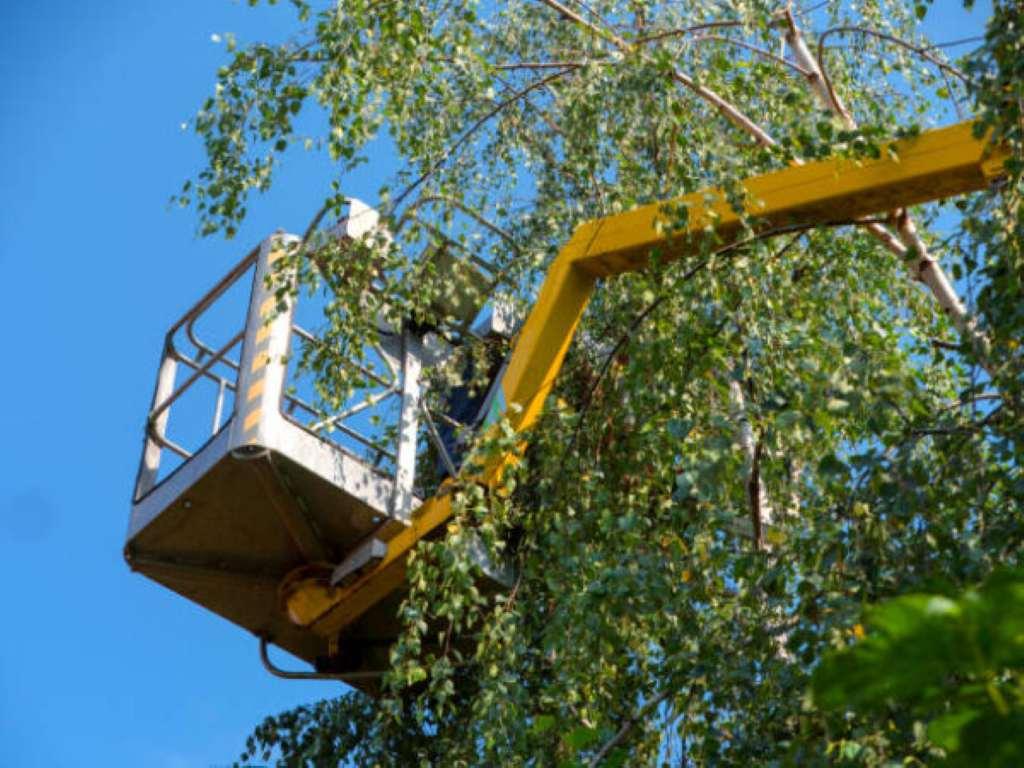Let’s face it—trees are beautiful, but when storms hit or branches crack unexpectedly, they can quickly become a hazard to your home, family, and safety. That’s where emergency tree removal services step in.
Whether it’s a tree that’s leaning dangerously after a windstorm or a massive limb that’s crashed through your roof, knowing what to do in a tree emergency can save you from expensive damage—and even save lives.
What Is Emergency Tree Removal?
Emergency tree removal is a fast-response service provided by certified arborists and tree professionals to eliminate trees or branches that pose an immediate threat to:
-
Your home or business
-
Power lines
-
Roads and vehicles
-
Pedestrians or pets
-
Other trees or structures
These situations usually happen after storms, high winds, heavy snow/ice, or sudden tree failure.
When Is Tree Removal Considered an Emergency?
Not every downed branch counts as an emergency. Here are some clear signs:
? Tree has fallen on a building
? Tree is blocking a road or driveway
? Large branch is hanging dangerously
? Tree is leaning significantly after a storm
? Tree is cracked or split at the trunk
? Roots are uprooted and unstable
? Tree is tangled in power lines
If it looks unsafe, don’t wait — call a pro immediately.
What to Do When You Have a Tree Emergency
When disaster strikes, here’s a quick action plan:
✅ Step 1: Ensure Safety First
-
Stay away from the damaged area
-
Don’t attempt to move limbs yourself
-
Keep kids and pets indoors
✅ Step 2: Call an Emergency Tree Service
Look for a 24/7 licensed and insured tree removal company near you.
✅ Step 3: Contact Your Insurance
Document the damage with photos and notify your homeowner’s insurance if property was hit.
✅ Step 4: Don’t Delay
Waiting can cause more damage or even injury—act fast.
Common Causes of Emergency Tree Situations
?️ Storm Damage
Wind, lightning, and heavy snow or ice can break limbs or uproot trees.
? Soil Erosion or Flooding
Loose, soggy soil weakens root systems.
? Old or Diseased Trees
Weak trees with decay or disease are more prone to sudden failure.
?️ Poor Tree Maintenance
Improper pruning or neglect can lead to top-heavy or unbalanced trees.
Why You Should Never Remove a Hazard Tree Yourself
Sure, DIY can save you money—but not here.
Here’s why emergency tree removal is a job for the pros:
-
⚠️ Dangerous heights and falling limbs
-
⚠️ Risk of electrical shock if wires are involved
-
⚠️ Requires proper safety gear and ropes
-
⚠️ Trees may be under tension and behave unpredictably
-
⚠️ Liability if damage occurs during DIY
One mistake could cost thousands—or worse, a life.
How Emergency Tree Removal Works
Here’s what happens when the pros arrive:
? 1. Assessment
They evaluate the tree's condition, risk level, and safest removal strategy.
? 2. Securing the Area
Ropes, cranes, or aerial lifts may be used to stabilize and access the tree.
?️ 3. Sectional Removal
The tree is carefully dismantled piece by piece to avoid further damage.
? 4. Cleanup
Debris is cleared, stumps may be ground, and your property is left safe and tidy.
How Much Does Emergency Tree Removal Cost?
It’s hard to give an exact number, but here’s a general breakdown:
| Size of Tree | Estimated Cost |
|---|---|
| Small (under 30 ft) | $300 – $700 |
| Medium (30–60 ft) | $700 – $1,200 |
| Large (60–80 ft) | $1,200 – $2,500+ |
| Add'l Charges | Crane, night service, rush fee, debris haul |
Insurance may cover costs if the tree caused property damage.
Will Insurance Cover Tree Removal?
Yes—in many cases, your homeowner’s policy will help.
Coverage usually applies if:
-
The tree fell due to wind, storm, or lightning
-
The tree hit a structure (home, garage, fence, etc.)
-
The damage was sudden and accidental
Always check with your insurance provider and document everything with photos.
How to Prevent Tree Emergencies
Here’s how you can avoid disaster before it strikes:
?? Schedule Regular Inspections
A certified arborist can spot risks you might miss.
? Prune Wisely
Remove dead limbs and thin the canopy to reduce wind resistance.
? Watch for Warning Signs:
-
Cracks in the trunk
-
Dead branches
-
Mushrooms/fungi on bark or roots
-
Leaning trees
-
Hollow sounds when tapped
?️ Improve Drainage
Prevent root rot with proper water flow around your trees.
Why Hiring a Certified Arborist Matters
An ISA-certified arborist has the training, experience, and tools to safely handle tree emergencies.
Look for:
-
24/7 availability
-
Full insurance and licensing
-
Positive online reviews
-
Experience with crane work or power line coordination
Conclusion
Trees are a gift to your landscape—until they become a threat. Emergency tree removal is something no homeowner wants to deal with, but when disaster strikes, fast action can make all the difference.
If a tree looks unsafe, don’t take chances. Call the pros, protect your home, and keep your family safe. Better yet, stay ahead of danger with regular tree care and professional inspections.
FAQs
1. How fast can emergency tree removal services respond?
Many offer 24/7 service and can arrive within 1–2 hours, especially after major storms.
2. Can I trim a leaning tree to fix it?
No. A leaning tree likely has root or structural damage—call a professional for evaluation.
3. What should I do if a tree falls on power lines?
Call 911 and your utility company immediately. Do not go near it!
4. Are emergency tree services more expensive?
Yes, due to urgency, specialized equipment, and after-hours labor. However, insurance may help.
5. Can I prevent future tree emergencies?
Yes! Schedule yearly tree inspections, prune dead branches, and address early warning signs.



